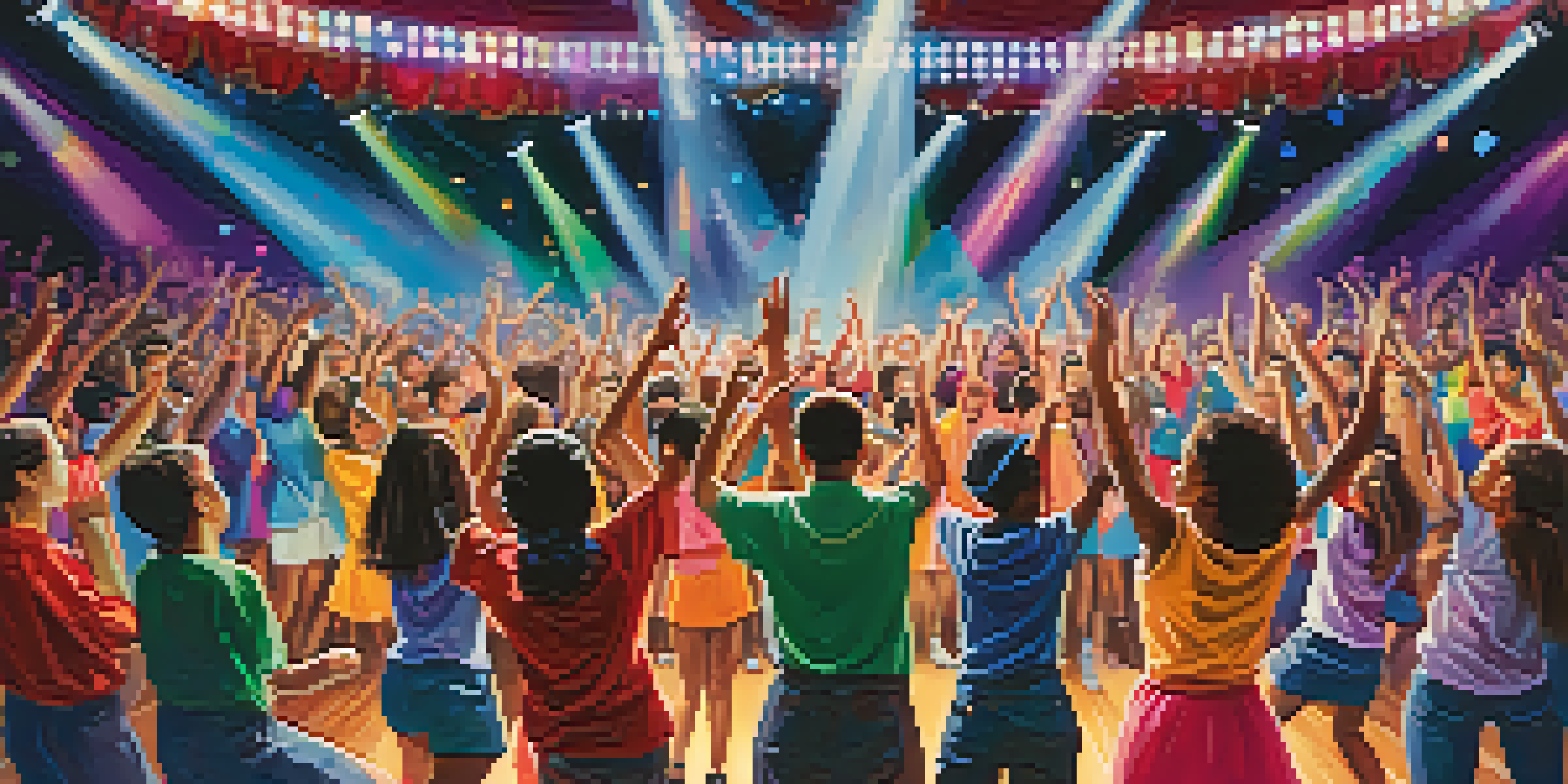The Role of Dance Competitions in School Education Systems

Understanding Dance Competitions in Schools
Dance competitions have become a vibrant part of school culture, offering students a platform to showcase their talents. These events not only highlight the art of dance but also foster a sense of community among participants. By engaging in competitions, students learn the importance of dedication and teamwork, skills that are valuable beyond the dance floor.
Fostering Creativity Through Dance
Participating in dance competitions allows students to express their creativity in unique ways. Each performance offers a blank canvas for dancers to interpret themes, emotions, and stories through movement. This creative outlet not only enhances their artistic skills but also encourages them to think outside the box in other academic subjects.
Dance Competitions Build Confidence
Competing helps students overcome nerves and boosts their self-esteem through performance.
Building Confidence in Young Dancers
Competing in front of an audience can be daunting, but it plays a crucial role in building self-confidence. Students learn to perform under pressure, overcoming nerves while showcasing their hard work. Each competition is a stepping stone, helping them gain poise and assurance that can translate to other areas of their lives.
Enhancing Teamwork and Collaboration Skills
Dance is inherently a collaborative art form, and competitions emphasize the importance of teamwork. Students learn to work together, supporting each other in the pursuit of a common goal. This experience cultivates essential social skills and fosters friendships that can last a lifetime.
Creativity Flourishes in Performance
Dance competitions provide a unique platform for students to express their artistic creativity.
Promoting Discipline and Time Management
Preparing for competitions requires significant discipline and time management. Students must balance practice schedules with their academic responsibilities, teaching them how to prioritize effectively. This ability to manage time is a critical life skill that benefits them long after they've hung up their dancing shoes.
Encouraging Healthy Competition
While competition can be fierce, it also teaches students how to handle both victory and defeat gracefully. Learning to celebrate achievements and cope with disappointments builds resilience. This healthy approach to competition instills a mindset geared toward growth and improvement.
Teamwork is Essential in Dance
Collaborative efforts in dance competitions foster teamwork and lasting friendships among students.
Creating Lasting Memories and Experiences
Dance competitions often become cherished memories for students, filled with excitement and camaraderie. These events are not just about the performance; they are about the friendships forged and the lessons learned. The experiences gained during these competitions can shape their identity and influence their future endeavors.
The Future of Dance Competitions in Education
As schools continue to recognize the value of dance competitions, their role in education is likely to expand. The integration of dance into school curricula can enhance student engagement and promote a holistic approach to learning. Looking ahead, dance competitions will remain an essential vehicle for personal and artistic development in young individuals.